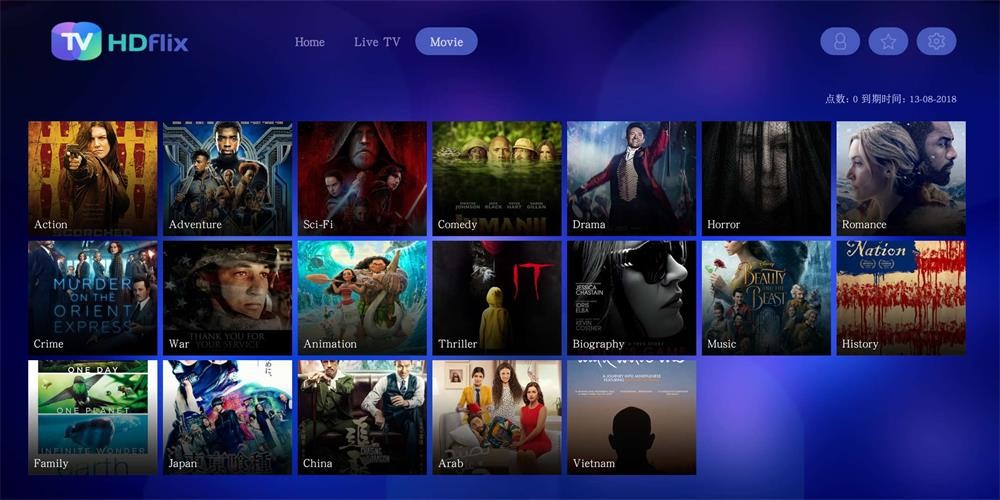VOD and IPTV are widespread words in the video streaming industry. They can be misunderstood as you might have heard the expressions “IPTV platform” or “VOD platform.” In this article, we are going to focus on these words and try to explain them.
IPTV Explained
IPTV defines the way content is delivered. It means that the TV programs are broadcasted on computers or TVs with the help of the Internet protocol. The service converts television emissions into signals that a computer can read. Programs are transformed into IP format. After that, they are streamed through a set-top box that decodes the signals, so they are maintainable by a computer.
There are several types of IPTV services:
- Live TV is watching videos in real-time.
- Time-shifted TV is recording a video to watch later.
- Video-On-Demand is allowing customers to watch videos anytime they want.
If you are interested in video streaming, visit the blog and learn how to start IPTV business.
VOD Explained
Video-On-Demand (VOD) is a format of a platform and the way users access videos.
Suppose you prefer live-streaming instead of creating videos, especially for a platform. After your live stream is finished, you can save the video on a platform. So, users will be able to access them whenever they want – on-demand.
IPTV service can offer VOD opportunities, but it can also work the same way TV broadcasting works: videos are available only on the schedule. But IPTV service providers also allow such features as catch-ups and rewinds.
There are different types of VOD services depending on the monetization model a platform owner has chosen. The monetization model defines the way the users access the service. The common types are:
- AVOD. AVOD monetization allows users to access a platform for free, while a platform owner makes revenue by allowing other companies to advertise on it. AVOD is gaining popularity as it requires no investments from people. They just watch advertisements instead. These ads are usually shorter than those on TVs. Due to that, people agree on these terms.
- TVOD. TVOD allows people to purchase one video or a series season and enjoy it for a period of time. In this case, customers pay only for videos they like. TVOD is also suitable for those platforms that cannot offer a library of video content. The platform provider might let customers either only watch a video or download it.
- SVOD. SVOD services charge a monthly or yearly fee from users. In this case, subscribers get access to all videos available on a platform and can enjoy them without any limits. So, they consume as many videos as they want.
Consumers like VOD services because they provide them with many conveniences. People can watch videos anytime they want and almost on any internet-based device they have. Rewind and catch-up features allow consumers to watch a video the way they want.
In Conclusion
IPTV is a method of delivering videos to end-users through the Internet, while VOD is a format of arranging users’ access to videos. But both of them are enjoyed by consumers as they provide flexibility and convenience to them.
Appeio is a tech enthusiast and gamer who loves to write about the latest news and trends in the industry. He has been writing for over 5 years and has published articles on a variety of websites, including TechCrunch, IGN, and GameSpot. He is passionate about sharing his knowledge with others and helping them stay up-to-date on the latest tech news. In his spare time, he enjoys playing video games, watching movies, and spending time with his family.













